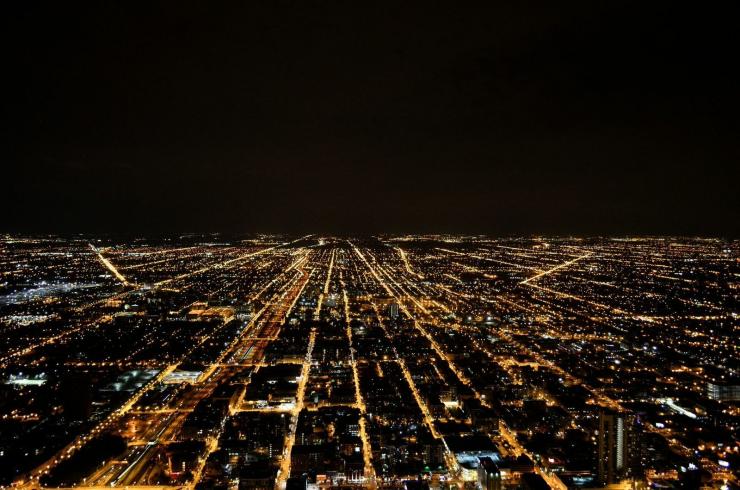Distributed Energy, Microgrids, and Smart Grids
If energy is lost by simply moving it through long transmission lines, then logic tells us that if we can use the energy closer to where it is generated, the better off we are. The concepts of distributed energy and microgrids are based on that notion- that it is better when energy is generated and managed closer to point of use.
According to EPA, distributed energy is defined as follows:
“Distributed generation refers to a variety of technologies that generate electricity at or near where it will be used, such as solar panels and combined heat and power. Distributed generation may serve a single structure, such as a home or business, or it may be part of a microgrid (a smaller grid that is also tied into the larger electricity delivery system), such as at a major industrial facility, a military base, or a large college campus. When connected to the electric utility’s lower voltage distribution lines, distributed generation can help support delivery of clean, reliable power to additional customers and reduce electricity losses along transmission and distribution lines.”
A microgrid is simply a “small scale grid.” It does the same thing as the larger regional and national grids, but on a geographically more limited scale. It can be connected to the main grid, but once it obtains the power, it manages it through a smaller, more localized grid. Alternatively, the microgrid can have its own generation capability.
Required Video:
Watch the short video on distributed energy. It is from a company in the UK, but the concepts are directly applicable here in the USA. This video is also helpful in that it relates distributed energy benefits to several of the four attributes we have been exploring this course (reliability, accessibility (including affordability), security, and sustainability.
Powering the UK's homes and businesses is about balancing demand and supply. As a country we have constant energy needs, but when we all want to use energy at the same time energy demands spikes. For the last 150 years our energy supply has come from big, centralized sources - power stations using coal, gas, and nuclear, and more recently, renewable energy like wind farms and solar all feeding into the National Grid. But many of our older power stations are closing, and power from renewables is intermittent, leaving a potential gap in supply.
Our energy demand is also changing with the growth of electric cars and smart technologies giving us more control over our energy use, but putting more pressure on the National Grid and on our energy bills. It's why we're looking at supply and demand in a new way using distributed energy, which holds a key to more affordable, secure, and low-carbon energy. Our distributed energy and power business helps big energy consumers, like businesses and hospitals, to use energy more efficiently and become small-scale energy producers by installing energy efficiency measures, adding technologies like solar panels and combined heat and power, or by using their backup generators at periods of high demand. We can help them to design, install, and manage these assets by connecting them to our energy control centers.
From here, we can help smooth out the peaks in demand that put pressure on the network. During these spikes, our distributed energy customers can actually earn money by generating energy, reducing their consumption, or delaying their energy use. We're also seeing major developments in battery storage. This will help big energy users to better manage how and when they take energy from, or export it back to the grid. Distributed energy won't replace all of our large-scale power stations, but it will provide much-needed flexibility and help customers tackle the three big energy issues: lowering bills through energy efficiency and new sources of income, ensuring a more secure energy supply and improved site resilience, and providing a low-carbon energy system and energy footprint. We believe distributed energy has a vital role to play in the UK's energy mix, which is why we're investing 700 million pounds by 2020.
To find out more about how we're investing and how we can help your business take control of this energy, go to centrica dot com forward slash distributedenergy.
Additional Reading:
As additional reading, please read the features and benefits page on microgrids provided by the Microgrid Resources Coalition.

